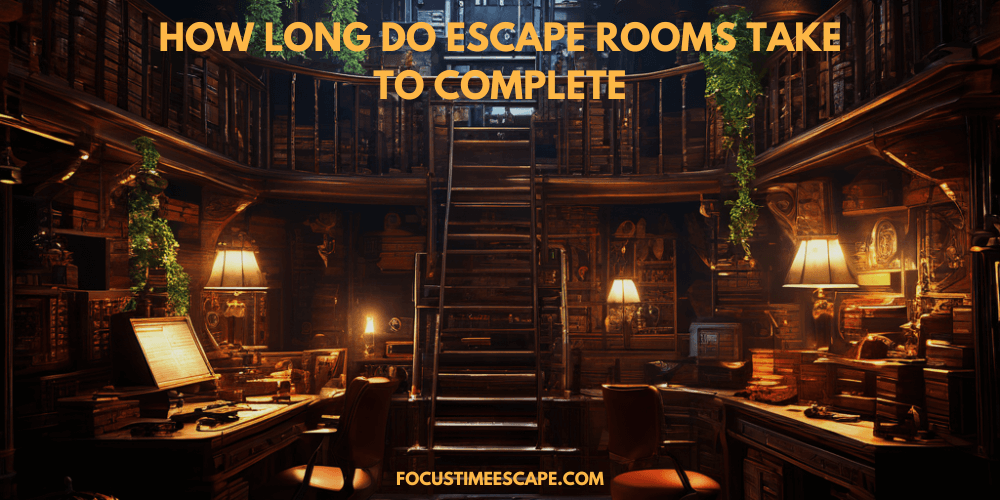The experience in escape rooms goes beyond gaming. It revolves around immersing players into the roles of protagonists in their personal adventure stories. The defining attribute of an awesome escape room is the fine balance of game storytelling and immersion, which takes a good game room to the next level, where it becomes an incredible hunt.
The Role of Storytelling in Games
In the world of escape rooms, storytelling serves as a pulse that keeps the experience alive. Storytelling in games is a very effective tool that pulls spectators to a higher level than merely solving problems. By mobilizing a story with the objective of arousing emotions, game designers can build a connection between players and the game, thus making the problems they have to deal with feel more true and provide a better experience.
1. Engaging Player Emotions:
Escape room story ideas should include things that can make players feel emotional. The excitement derived from finding a spy plot or the fear evoked by escaping a haunted mansion does not allow one to forget that adventure. For example, the story could start with an intriguing letter that leads to a secret mission, immediately getting the attention and creating a feeling of adventure.
2. Enhancing Player Involvement:
The narrative must be woven together closely with the puzzles and the game environment. This may be the riddles that refer to the narrative elements directly, which might be a task of revealing the backstory locked in the haunted house. By doing so, it’s impossible to disintegrate this story from gameplay. As a result, players will remain involved in it until the end.
3. Continuous Narrative Flow:
To maintain immersion, the story should unfold progressively throughout the game. Each puzzle solved should feel like turning a page in a book, revealing more of the plot and deepening the mystery or the connection to the characters involved.
Creating Immersive Games: Beyond the Basics
Building a highly immersive game involves much more than constructing clever puzzles; it needs creating a setting that takes players in until they get caught up with the game world. Here are some key strategies for elevating the immersion factor:
- Environmental Storytelling: Each part of the game area should support the story, such as professionally crafted scenery set in certain historical periods and complex technology layouts for sci-fi themes. For example, Immersive experience Chicago escape rooms give rely on the city’s architectural and gangster history to showcase the real setting based on the backdrop.
- Sensory Engagement: Involving several senses boosts the immersion. This also entails proper soundtrack use, lighting strategies, texturized puzzles, and even controlled scent release. Immersive horror experiences frequently incorporate temperature fluctuations to make it seem like the ghosts are there, which increases the excitement of the game for the player.
- Interactive Narratives: This unique feature makes the game pleasantly interactive and playable to the full extent since the players make choices throughout the game that impact its performance. This player agency helps to develop a rich and dynamic experience and raises the revisit rate in case of other outcomes.
- Utilizing Technology: Technology like augmented reality and virtual reality elevates the degree of immersion to a higher level. They are wizards of art that transform stale locales into a boundless universe, transcending the physical barriers of traditional escape rooms and taking the Future of immersive experiences to a new level of participation and realism.
What is an Immersive Experience?
Being immersed in the world of immersive games is not a simple interaction but an authentic experience that causes the player to think above and beyond. By stimulating all senses with realistic emerging settings and ambient soundtrack, these experiences transport the external world in the distance. The players become totally engrossed since these narratives and characters create a wide variety of emotions, and this is very important for an immersive horror experience. To achieve optimal immersion, effortless blending of technology, mechanics, and plot becomes the trend. Hence, interruptions and disengagements are cleared.
Conclusion
The essence of an escape room lies in its impressive storytelling and exciting riddles that take place in another dimension. Effective storytelling is crucial to connect with the participants, as they are the ones whose narratives will move. Sensory design, interactive features and modern technology help the designers provide a fascinating experience that will remain unforgettable to players. Escape rooms‘ ability to engage players through immersive storytelling is a special and never-to-be-forgotten experience.


